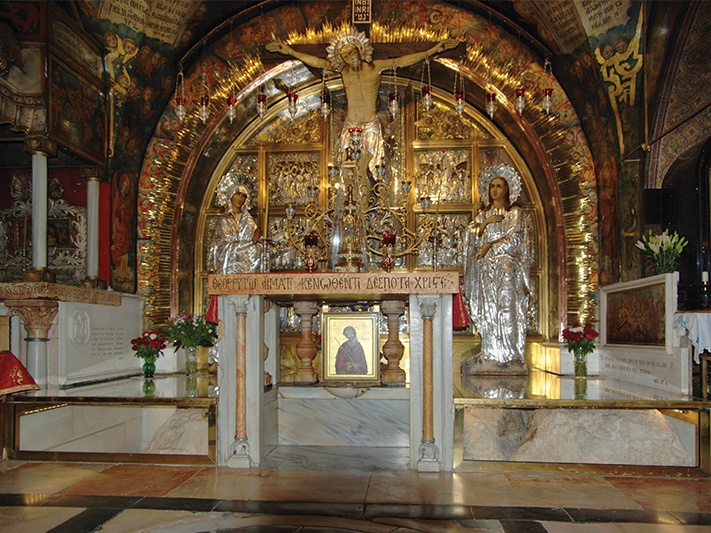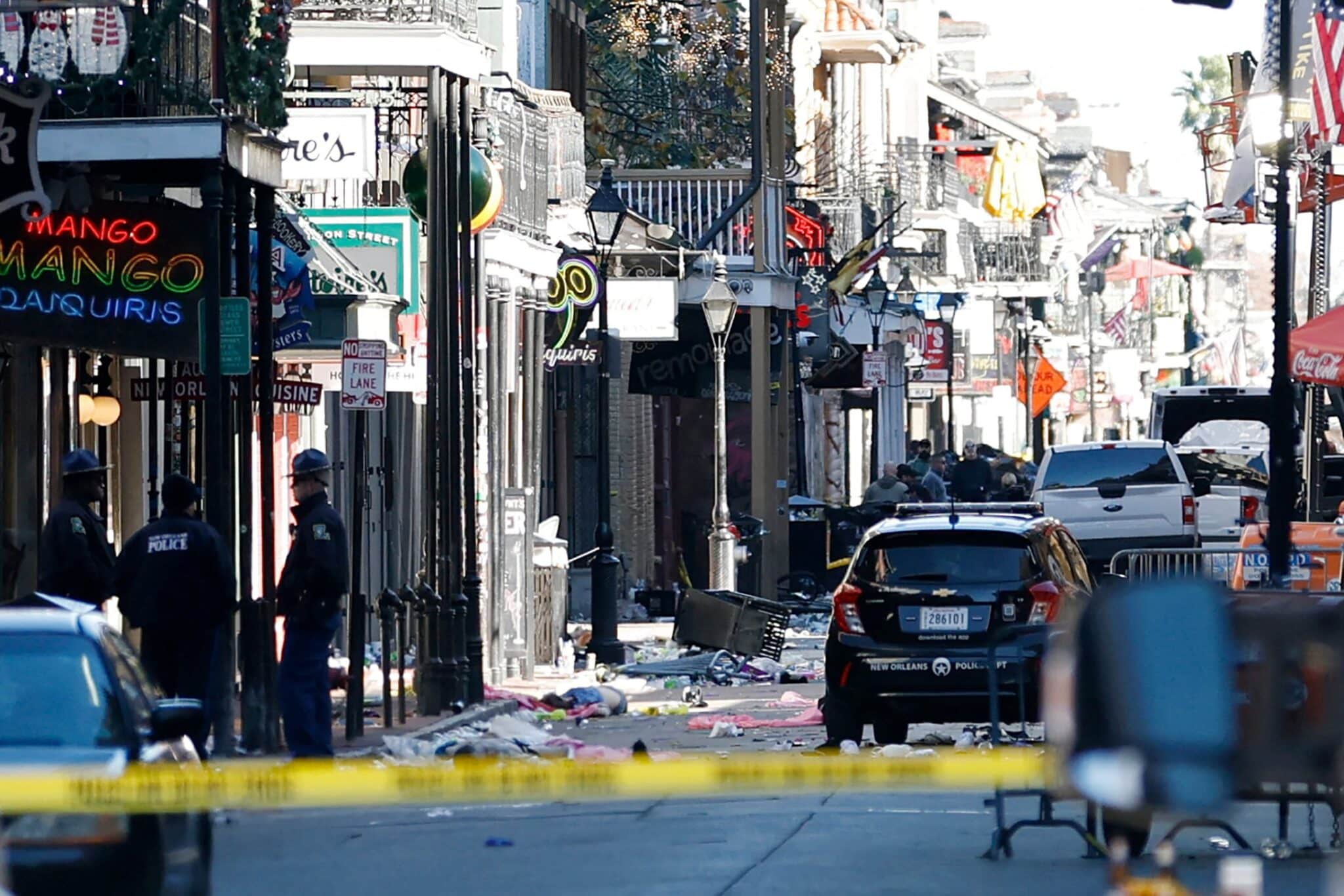In John 19:34, we read that a Roman solider thrust a lance into Jesus’ side, “and immediately blood and water flowed out. ” This was certainly a significant event and a monumental moment in our religious history. Shouldn’t this spot where Jesus died be marked by a miraculous “glow ” as a sacred site having wondrous properties? Why is the spot where Our Lady of Lourdes appeared marked with more precision than the spot where Jesus died?
The presumed spot where Jesus died has indeed been marked at Jerusalem’s Church of the Holy Sepulchre, which includes Calvary and Jesus’ tomb. A simple shrine to mark the spot was destroyed on orders from the emperor Marcus Aurelius in the second century and replaced with a temple dedicated to Venus, the goddess of love.
When Christianity was legalized in the Roman Empire in the early fourth century, St. Helena, mother of the emperor Constantine, had the original Church of the Holy Sepulchre built. It has been destroyed and rebuilt over the centuries.
Roman authorities considered Jesus guilty of treason. His followers were in no position to erect a magnificent church there for centuries.
In Lourdes, the location of Mary’s apparitions was marked immediately after those events.
As for your desire that this place have a miraculous “glow ” and wondrous properties, such a development might suggest that faith in Jesus’ saving passion, death, and resurrection can be replaced by miracles. Nothing in the Gospels suggests that is possible. The apostles were martyred for their faith in Jesus not for the dirt where he died.








